Hold on tight, we’re skipping over Web4 and going straight into Web5.
On June 10th, 2022, Jack Dorsey's TBD business unit, a subsidiary of Block Inc., announced that it has embarked on the journey to build “Web5”.
After Dorsey's very public criticism over the Web3 and its' shortcomings, it's only logical that the Bitcoin-centric entrepreneur takes a stab at building a truly decentralized web.
How did this new version of the web get its name? Laid out in a Google Doc presentation published by Dorsey, the name is derived from Web 2 + Web 3 = Web 5.
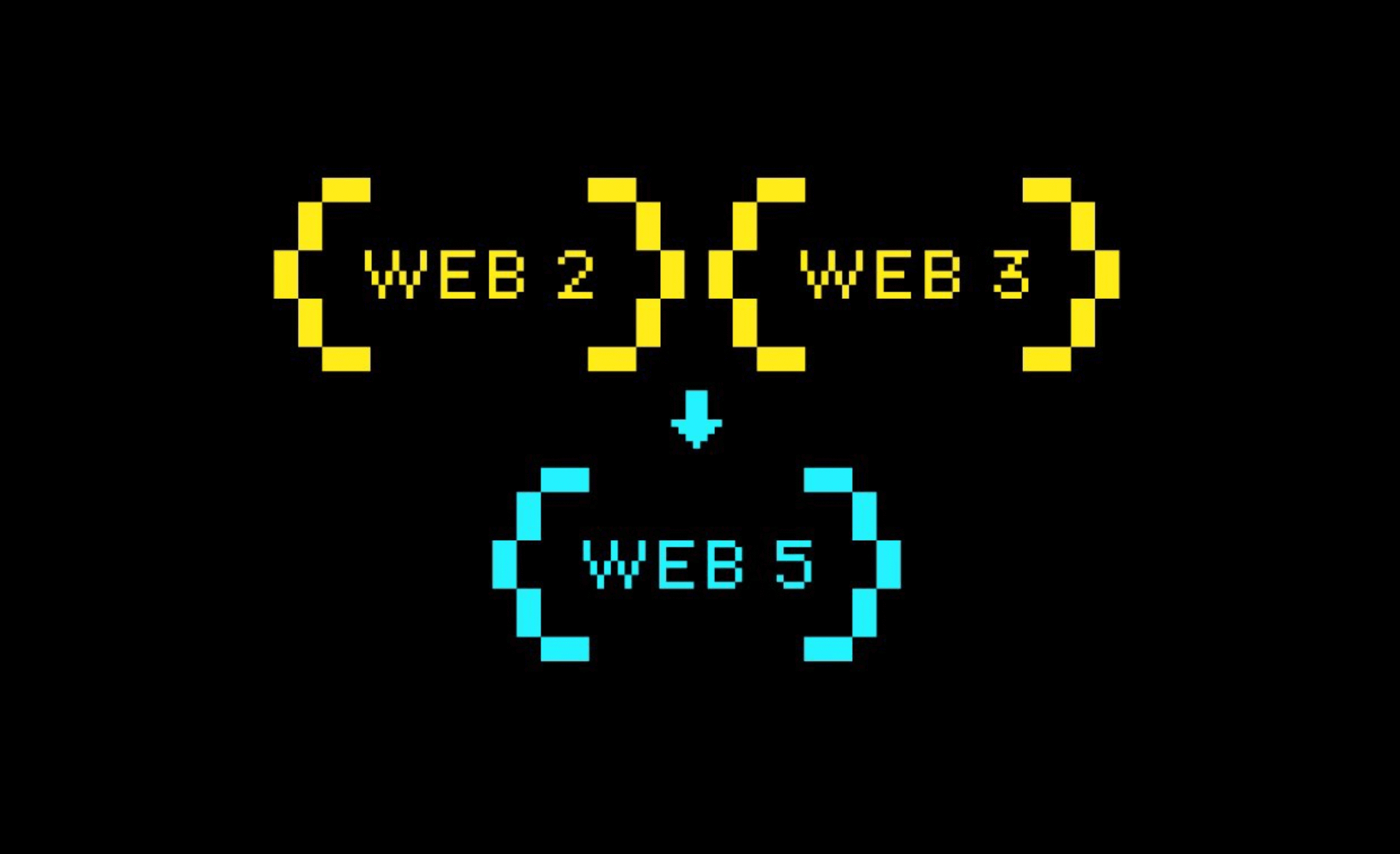
The problems with Web3
There are many problems with Web3 as it stands today. Web3 currently works as a tokenomics pitch for a centralized company trying to raise funds in an ICO-like fashion.
The teams then use these funds to create a system of distributed networks that supposedly no one single entity owns, although this is almost always demonstrably false.
Almost all dApps (decentralized applications) run on centralized infrastructure from Infura or Alchemy.
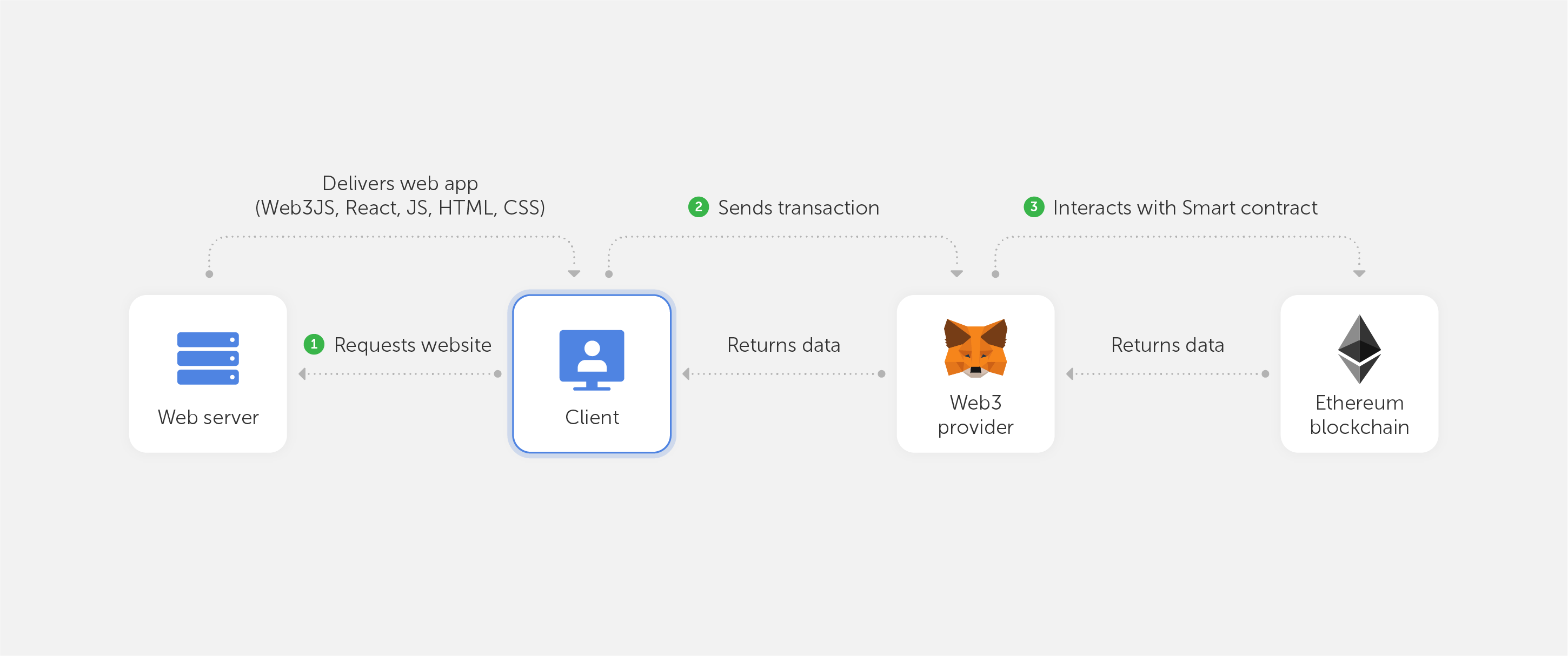
Ethereum’s network infrastructure is not truly decentralized. Infura, which relies on Amazon and is the infrastructure behind almost all "Web3 providers", could be a single point of failure.
Cryptographer Matthew Rosenfeld, better known as Moxie Marlinspike, creator of messaging app Signal lays out the flaws of Web3 in this well-research essay.
A far cry from the decentralized future Web3 projects promises their mostly unaware ambassadors and communities.
In this sense, Web3 is not actually decentralized. It's actually a reincarnation of Web2 (interactive and centralized sites like Facebook, YouTube, Reddit, and Wikipedia, where users could publish, edit, and re-share content), but, on the blockchain.
Instead of promising to be owned by users, it is owned and controlled by various venture capitalists, beneficiaries of private sales, and centralized API infrastructures.
As Web3 gained massive momentum in 2021 with the goal to "tokenize everything" and connect assets to blockchains, Web5 takes a different approach, relying on only one blockchain, Bitcoin, and only for a single use case: Identity.
Blockchains provide decentralized, authoritative, and costly-to-modify data, which is known to be inefficient for many of the use-cases for which Web3 intends to use blockchains.
So how does Web5 promise to change all this?
A Web5 application will use decentralized identifiers, verifiable credentials, decentralized web nodes (DWNs), and decentralized web applications (DWAs) to offer only two use cases – data sovereignty and full control over this data.
“Web5 brings decentralized identity and data storage to your applications,” TBD addressed in their announcement. “It lets individuals focus on creating enjoyable user experiences while returning ownership of data and identity.”
How does Web5 work?
TBD's Web5 vision consists of a number of software components that, when combined, allow developers to focus on creating immersive user experiences while also allowing for decentralized identity and data storage in apps.
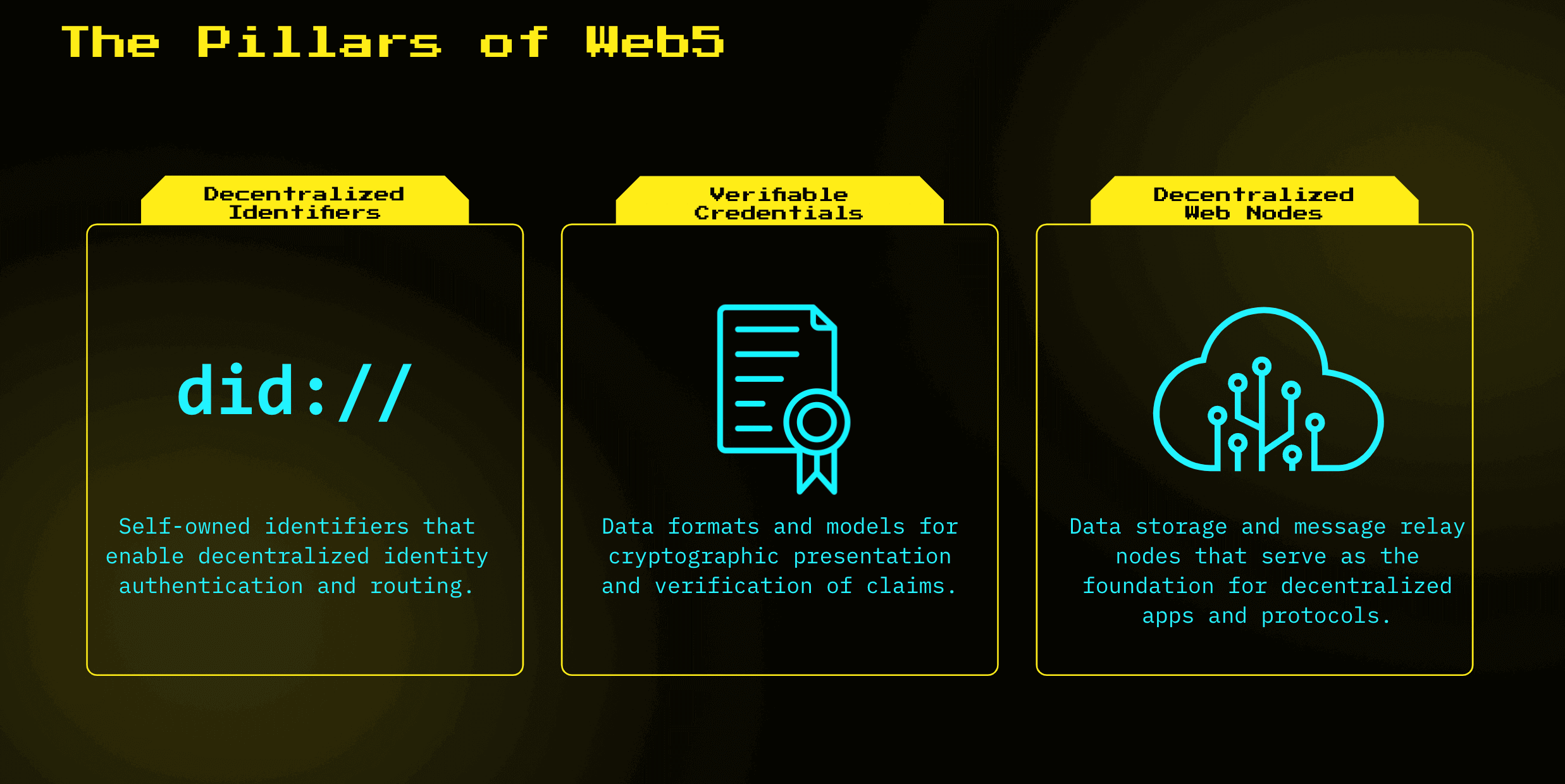
It’s all based on the Sidetree protocol and ION which doesn’t require the use of tokens, trusted validators, or additional consensus mechanisms to function.
The first component is Decentralized Web Node (DWN).
DWNs are described as mesh-like datastore construction that enables an entity to operate multiple nodes that sync to the same state across one another.
Web5’s DWN will be used to locate data linked to a given DID (Decentralized Identifier), the next piece of the puzzle.
A DID is a globally unique permanent identifier that is commonly produced and registered cryptographically and does not require a centralized registration authority.
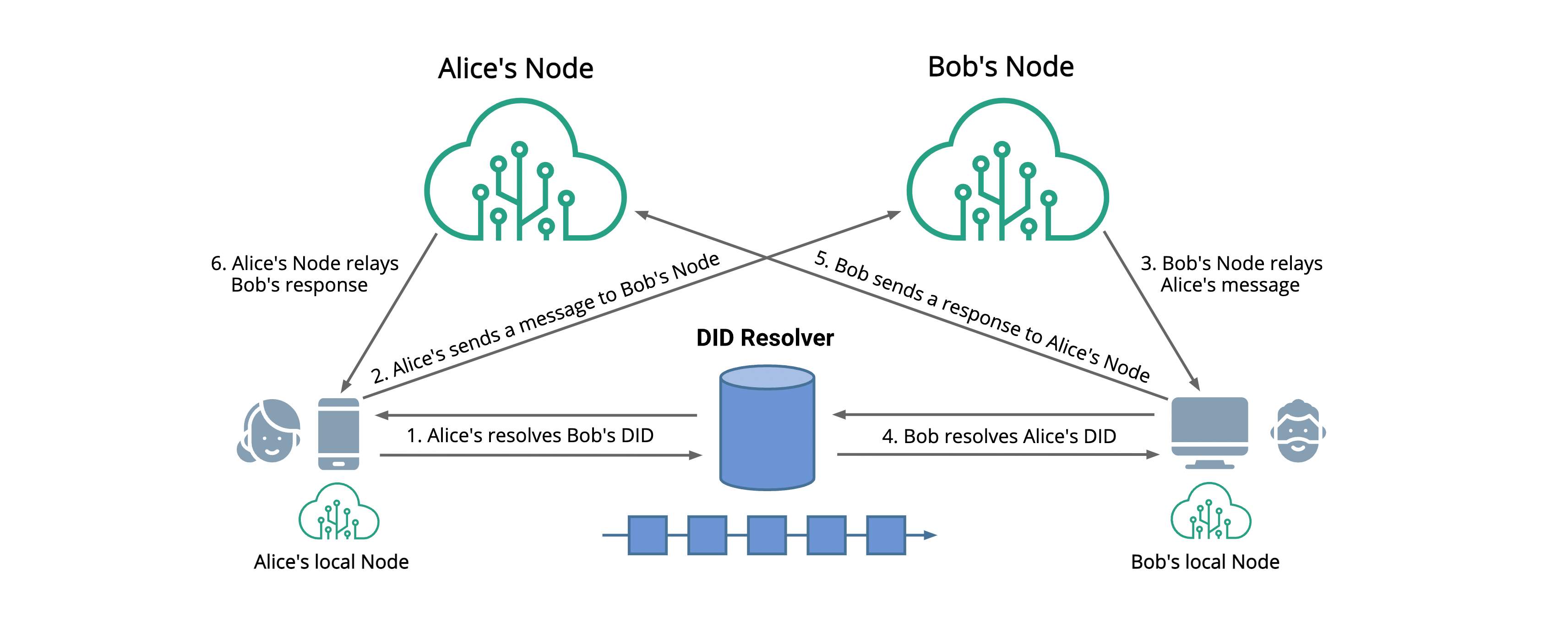
The next crucial component is Self-Sovereign Identity Service (SSIS).
Self-Sovereign Identity Service (SSIS) is a decentralized identity management service that enables individuals and organizations to control their own digital identities. SSIS is built on a blockchain platform and utilizes smart contracts to provide a secure, decentralized, and tamper-proof way to manage digital identities.
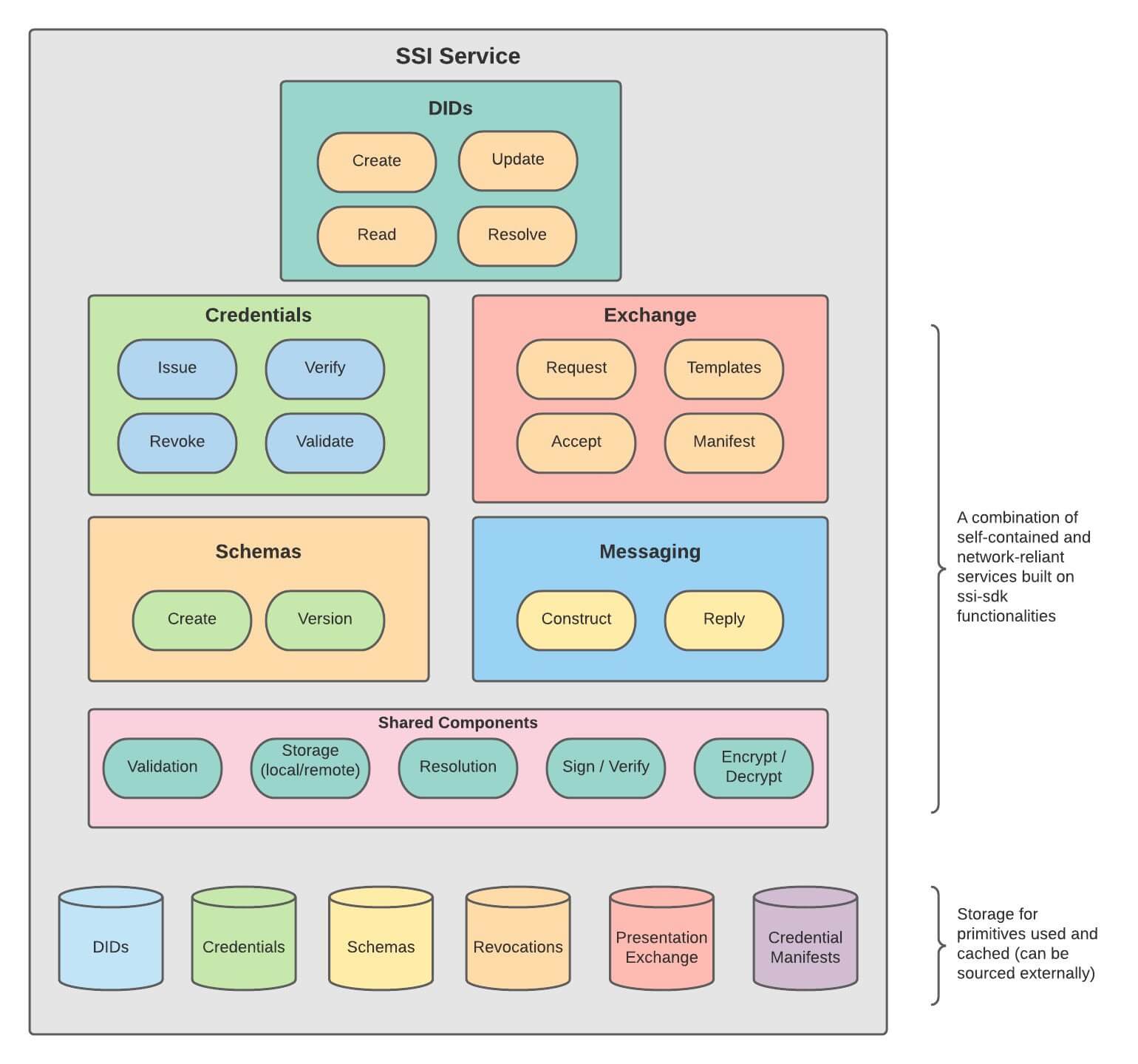
The third main component is Self-Sovereign Identity SDK.
The Self-Sovereign Identity SDK is a toolkit that allows developers to easily build applications that utilize self-sovereign identity principles.
It is designed to work with any identity management system and provides a set of tools and APIs to help developers create applications that give users control over their own data.
From PWAs to DWAs
PWAs are Progressive Web Apps and you use them every day (Pinterest, Uber, Spotify). They are web apps that use modern web technologies to provide a user experience similar to that of a native app. PWAs are designed to be fast, reliable, and engaging.
Utilizing the aforementioned Web5 components, Jack Dorsey is creating the infrastructure to create DWAs (Decentralized Web Apps).
This structure would allow developers to create apps with decentralized identity and data storage capabilities all of which give users full sovereign control of their personal information.
A user will now be able to create their identity (storing all their information, data, and authorization for external apps and connections within their personal DWNs) and use this to sign in and switch around to multiple dApps, always keeping data secure and in full control.
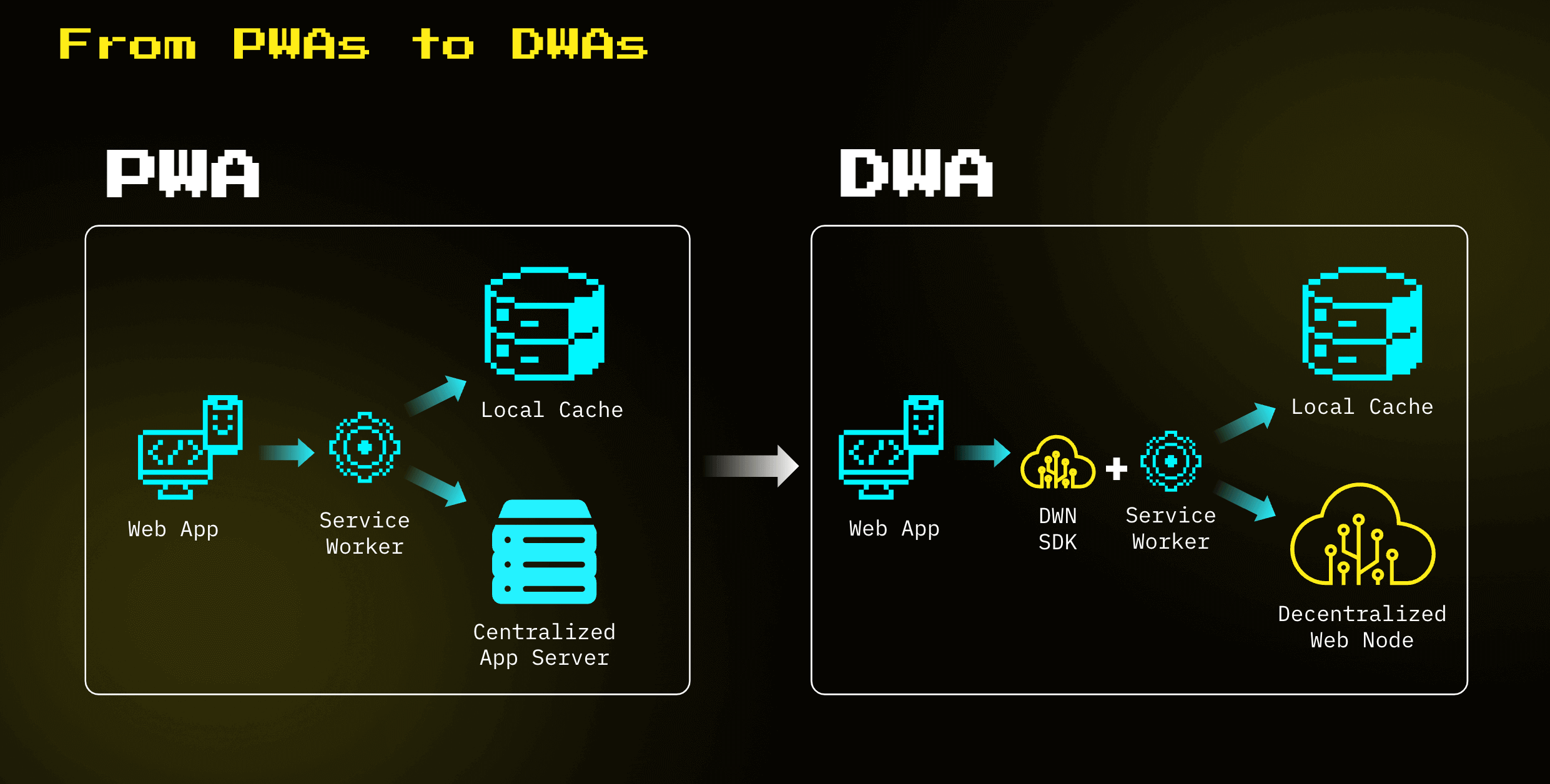
Shortly after releasing Web5 materials on Twitter, Jack boldly claimed that this, "will likely be our most important contribution to the internet."
Only time will tell of course if Web5 catches on, but this is sure to shake up the billions ready-to-invest in Web3 applications by the likes of a16z and other VCs.

